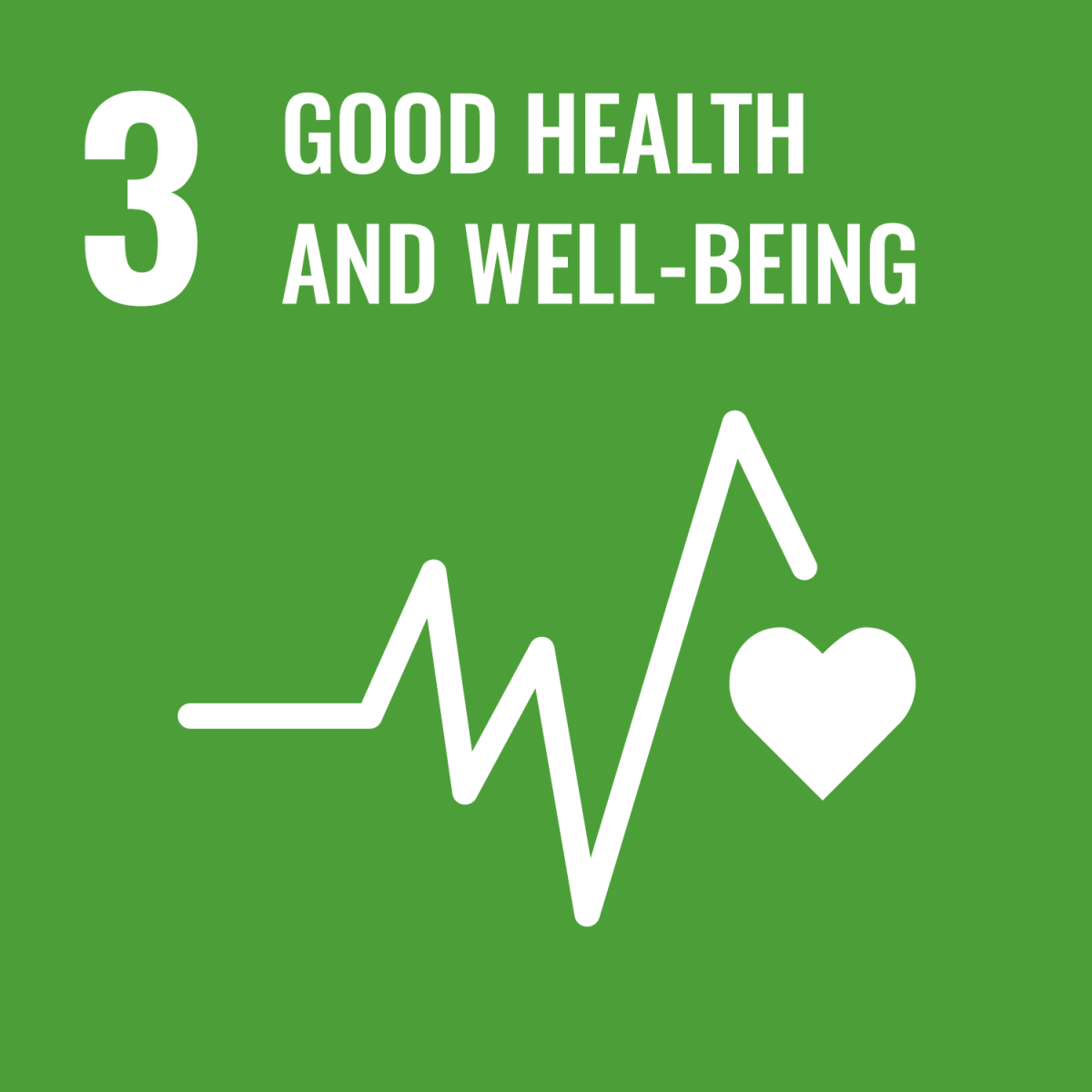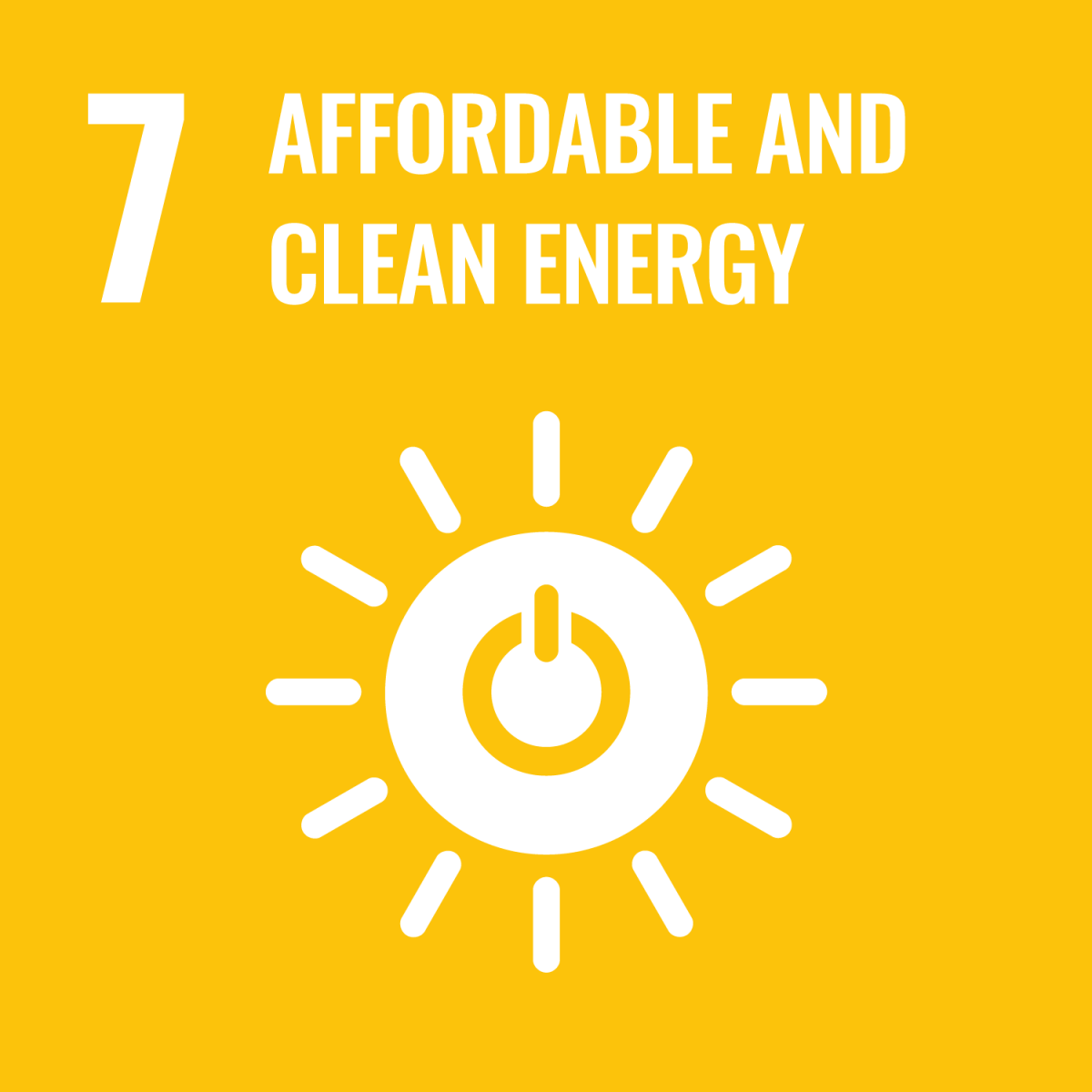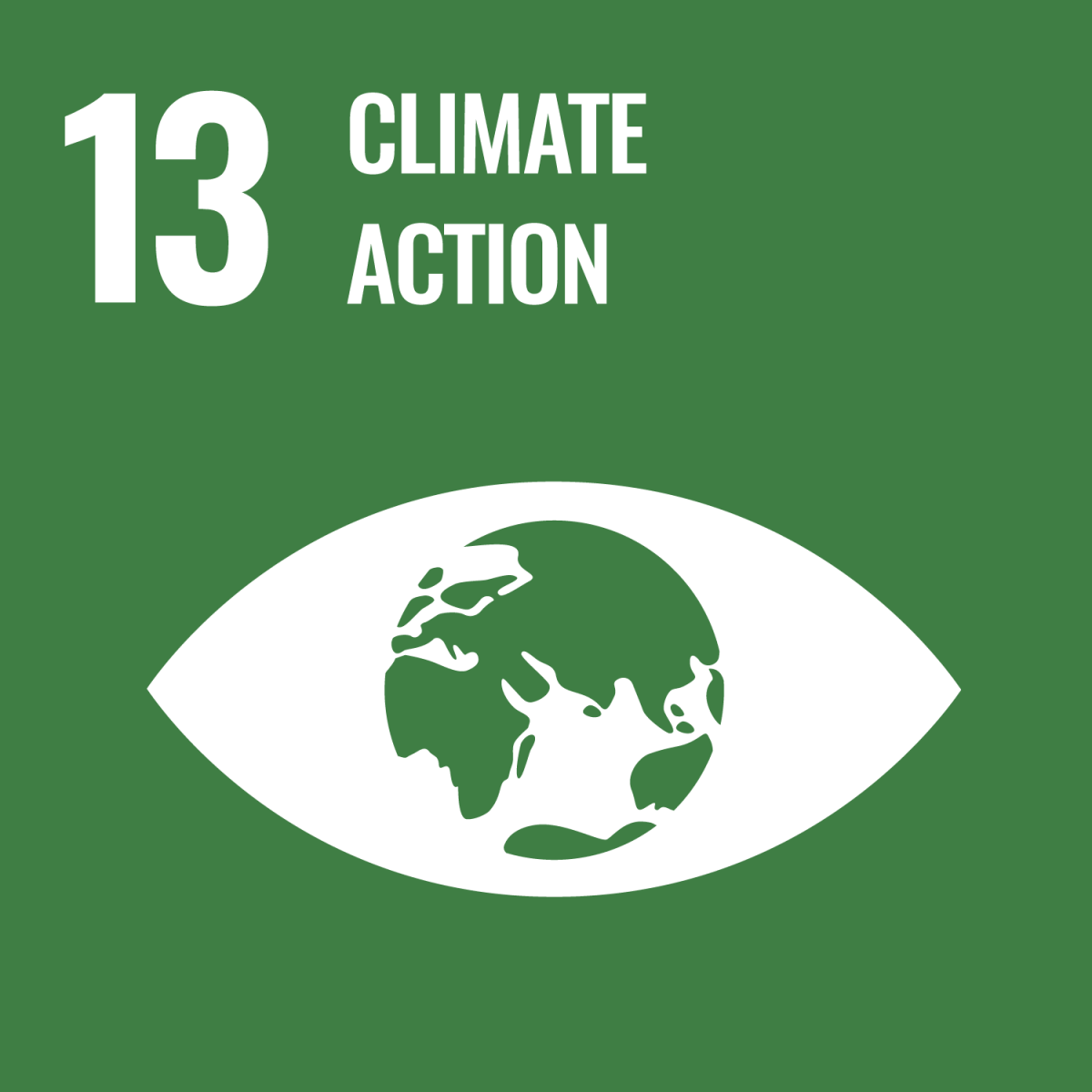Is Coronavirus Good for Our Sick Planet?
Is Coronavirus Good for Our Sick Planet?
Luca Franza*
Dolphins are being spotted in harbours, canals in Venice have never looked so clean and the temporary ban of corridas has spared the lives of a hundred Spanish bulls. Looking at the bright side of things is an admirable quality, but we should not get too carried away with the idea that COVID-19 is good for the planet.
Besides the anecdotal phenomena quoted above, the collapse of mobility and economic activity induced by COVID-19 are generating meaningful short-term consequences for the environment. These include a sharp reduction in Hubei’s and Northern Italy’s air pollution levels and a likely reduction in global CO2 emissions in 2020.
Rejoicing over such news rests on a short-sighted view. The interlinkages between COVID-19, energy and climate issues are so complex that we are actually looking at a mixed bag of consequences.
The first element that requires attention is the link between environmental factors and the spread of the virus. Proximity between wildlife and humans in the wet market of Wuhan, a megalopolis, created favourable conditions for the spillover of a virus from one species to another, as well as for further transmission among humans.
The destruction of ecosystems and illegal trade of endangered species can be blamed for bringing humans in contact with a new pathogen.[1] While the West is engaging in commendable self-criticism, China should also use this pandemic as an occasion to rethink some of its traditions and its overall approach to nature.
Moreover, fine particle matters such as PM10 could be a COVID-19 vector via the boost effect.[2] Prior research had found PM10 to be a compounding factor behind the spread of measles.[3] Perhaps even more convincing is the hypothesis that chronic exposure to pollution and respiratory problems aggravate the impact of COVID-19, partially explaining the high mortality rate in Northern Italy.[4]
Efforts to limit pollution could thus gain further traction as a result of this pandemic, with long-term benefits for public health. Annual premature deaths from pollution are more than 70,000 in Italy[5] and 7–8 million in the world.[6]
Chinese pollutant emissions fell by 20–30 per cent in February 2020,[7] and the decrease in CO2 emissions is estimated to have been the same.[8] European Space Agency satellites also showed a drastic reduction in nitrogen dioxide (NO2) emissions in Northern Italy.[9] Limitations to mobility were a factor behind this reduction, as 70 per cent of NO2 emissions in the Milan area are produced by transportation.[10]
More importantly, the overall economic downturn expected from COVID-19 and the reduction in global air travel will contribute to what might be the most significant reduction of greenhouse gas emissions in the past century.[11]
But the positive effects of this pandemic on local air quality and global climate are likely to be temporary. The concentration of CO2 in the atmosphere will remain high even if emissions temporarily fall. Moreover, when economic activity resumes, a rebound in all types of emissions is likely.
As the International Energy Agency’s (IEA) Executive Director Fatih Birol warned, shrinking our economies is not a sustainable way to reduce emissions.[12] The energy transition needs massive public and private investments on infrastructure and system adaptation. Storing electricity is expensive, and electrification, albeit rising, cannot cover 100 per cent of demand.
Investments on clean molecules and sector coupling are lagging behind. Conventional capacity is needed as a back-up, and keeping it operational with low utilisation rates comes at a cost. R&D and innovation are going to be key. While we certainly need to limit consumerism and waste, we will ultimately need a prosperous, competitive and innovative economic system to meet the climate challenge.
The argument is being made that COVID-19 marks a turning point, after which the paradigm that “the economy must come first” will and in fact should be abandoned.[13] This argument rests on confusion between measures that are sensible in an emergency and long-term visions.
Sacrificing short-term profits to defend public health is the right thing to do now. The aim of the measures that are being adopted in many countries in these days is to “flatten the curve” in order to soon go back to normalcy. They are not meant to be permanent, and it is in everyone’s interest to put our economies back on track. Public pressure to do so will increase.
The same confusion inspires comparisons between COVID-19 and the “climate crisis”. Why are actions to fight COVID-19 so resolute while climate action is so slow? Why are mass media focussing so much on the coronavirus?[14] While framing climate change as a crisis has its merits – as it highlights the urgency to act – it can also be misleading.
COVID-19 can hopefully be managed with prompt emergency measures. Limiting global warming is a much more complex, large-scale challenge. Measures to address it have to be sustainable and effective over the long term.
Going back to the effects of COVID-19 on the climate, we have seen how the positive ones will likely be temporary and a rebound in emissions is expected to follow. Let us now consider the negative effects of the crisis for the climate.
Headwinds from COVID-19 have already negatively impacted the car sector and the otherwise booming battery market, in turn clouding the outlook for electric vehicles (EV) sales.[15] EV demand is also going to be negatively hit by low oil prices (also partly linked to the pandemic), which reduce the attractiveness of switching to EVs. EVs remain expensive and increasingly risk-averse consumers might opt for cheaper options until the economy recovers. Disruptions to global supply chains, namely in batteries, pose risks of a shortage in parts for EVs.
China is a major battery maker and an engine for growth in the EV sector. Beijing has recently thrown its weight behind EV start-ups such as Xpeng to conquer global markets[16] but might now choose to divert money to more urgent economic needs. If start-ups go bankrupt, what could be a temporary downturn could turn into a more lasting stalemate.
The solar sector is also confronted with weak demand and global value chain disruptions. Bloomberg New Energy Finance cut its forecast for global solar demand in 2020 by 16 per cent, which might translate into the first annual fall in solar capacity additions in three decades.[17]
The sector is heavily reliant on Chinese demand and equipment, namely PV modules. While it is true that the long-term prospects for solar remain good and the negative impact of COVID-19 should only be temporary, it is possible that countries around the world will want to reduce their dependence on global value chains. Developing equipments and materials at home would increase reliability – but it might also increase costs.
This consideration can be extended to the global economy: capitalism has been increasingly reliant on integrated, “just-in-time” value chains. As said by Laurie Garrett in a Foreign Policy article, “inventories that sat on shelves for more than a few days were considered market failures”.[18]
The risks of relying on such value chains have been laid bare by COVID-19. The US and the EU (for instance by promoting European renewables champions) had already shown their willingness to change course. As a result of the pandemic, countries are going to be even more tempted to limit their reliance on global trade and increase redundancy. However, redundancy comes at a cost.
The pandemic might further feed nationalism or at least the perceived need to concentrate resources to sustain the national economy, distracting effort from tackling global problems such as climate change. While the two objectives are not necessarily incompatible, carbon-intensive stimulus packages might deliver more immediate benefits than supporting early-stage clean technologies.
Due to the financial pain from COVID-19, corporations might also demand bailouts, subsidies and derogations from environmental regulations. Airlines are citing the distress caused by the virus to scale down long-term efforts to fight global warming.[19] Lobbying to stop carbon taxes and a UN plan requiring airlines to offset emissions by planting trees and investing in renewables is intensifying.
Airlines might have to purchase 20 per cent more carbon credits than planned over the next three years as travel bounces back.[20] Their revenues are already projected to shrink by 11 per cent this year.[21] US shale oil producers – hit by extremely low prices – are also asking for help, and in the midst of the presidential race the government is more likely to listen to them.
Another negative effect is that low commodity prices will encourage wasteful use, decreasing energy efficiency. This would add to a slowdown in energy efficiency improvements already observed in recent years. According to the IEA, while global oil demand might fall by as much as 730,000 barrels a day in 2020, a sharp rebound is expected in 2021.[22]
COVID-19 could also be turned into an opportunity. This has nothing to do with the short-term air pollution reduction and positive effects on habitats quoted earlier. The benefit might be more structural.
First of all, there are hopes that remote working habits might become embedded, limiting travel and emissions. Secondly, the shortening of value chains, if permanent, might also contribute to saving emissions. Thirdly, a different scenario from what has been sketched earlier might materialise, and stimulus packages could be used as an opportunity to invest on the energy transition. Apart from renewables and electric grids, hydrogen and carbon capture and storage (CCS) need to be scaled up, and a new wave of spending might be targeted to that.[23]
Fourthly, bailouts and subsidies could be made climate-friendly by attaching certain conditions to them. An example would be to offer tax breaks to airlines to retire polluting aircrafts in favour of cleaner ones.[24] Finally, it should be remembered that renewables were not killed by the 2008–09 economic crisis. The increased urge to rely on locally produced energy as a result of this pandemic might end up favouring renewables over imported fossil fuels.
The interlinkages between COVID-19, energy and climate are complex. Various scenarios could unfold, depending on the duration of the crisis and reactions to it. Overall, it is unlikely that COVID-19 is going to be good for the planet. Reductions in local pollution and greenhouse gas emissions due to lower mobility and economic activity are only going to be temporary. They risk being entirely frustrated by the economic rebound which will hopefully take place.
Shrinking economic activity is not a sustainable solution to meet the climate challenge. The medium-term impact of COVID-19 on climate and the environment is mixed, with potentially negative repercussions on the fossil fuel industry and energy transition alike. Stimulus packages could be turned into climate-friendly policies, but the likelihood that countries might focus on urgent carbon-intensive spending is high. Like every crisis, the COVID-19 pandemic offers an important lesson: we have to rethink the way we treat ecosystems and organise our urban life more sustainably.
* Luca Franza is Head of the Energy, Climate and Resources Programme of the Istituto Affari Internazionali (IAI), Associate Fellow at the Clingendael International Energy Programme (CIEP) and Lecturer at SciencesPo-PSIA.
[1] Isabella Pratesi (ed.), Pandemie, l’effetto boomerang della distruzione degli ecosistemi, Rome, WWF Italia, March 2020, https://d24qi7hsckwe9l.cloudfront.net/downloads/biodiversita_e_pandemie_16marzo__1_.pdf.
[2] Leonardo Setti et al., Evaluation of the Potential Relationship between Particulate Matter (PM) Pollution and COVID-19 Infection Spread in Italy, SIMA position paper, 21 March 2020, http://www.simaonlus.it/?page_id=694.
[3] Lu Peng et al., “The Effects of Air Pollution and Meteorological Factors on Measles Cases in Lanzhou, China”, in Environmental Science and Pollution Research, 6 February 2020, https://doi.org/10.1007/s11356-020-07903-4.
[4] Damian Carrington, “Air Pollution Likely to Increase Coronavirus Death Rate, Warn Experts”, in The Guardian, 17 March 2020, https://gu.com/p/df4jb.
[5] According to the latest consolidated data for 2016. See European Environment Agency, Air Quality in Europe 2019 Report, May 2019, p. 68, https://doi.org/10.2800/822355.
[6] Depending on the estimate, cf. World Health Organization (WHO) website: Air Pollution, https://www.who.int/health-topics/air-pollution; and Richard Burnett et al., “Global Estimates of Mortality Associated with Long-term Exposure to Outdoor Fine Particulate Matter”, in PNAS, Vol. 115, No. 38 (18 September 2018), p. 9592-9597, https://doi.org/10.1073/pnas.1803222115.
[7] European Space Agency (ESA), COVID-19: Nitrogen Dioxide Over China, 19 March 2020, https://www.esa.int/Applications/Observing_the_Earth/Copernicus/Sentinel-5P/COVID-19_nitrogen_dioxide_over_China.
[8] Lauri Myllyvirta, “Analysis: Coronavirus Has Temporarily Reduced China’s CO2 Emissions by a Quarter”, in Carbon Brief, 19 February 2020, https://www.carbonbrief.org/analysis-coronavirus-has-temporarily-reduced-chinas-co2-emissions-by-a-quarter.
[9] ESA, Coronavirus: Nitrogen Dioxide Emissions Drop over Italy, 13 March 2020, https://www.esa.int/ESA_Multimedia/Videos/2020/03/Coronavirus_nitrogen_dioxide_emissions_drop_over_Italy. NO2 emissions are also used as proxies to estimate CO2 emissions.
[10] Bart Degraeuwe et al., Urban NO2 Atlas, Luxembourg, Publications Office of the European Union, 2019, p. 11, http://dx.doi.org/10.2760/43523.
[11] Chris Mooney et al., “Pollution is Plummeting in Italy in the Wake of Coronavirus, Emissions Data Show”, in The Washington Post, 13 March 2020, https://wapo.st/2INefoA.
[12] Fatih Birol, “Coronavirus: Economic Stimulus Plans Open a Door for Clean Energy”, in Energy Post, 17 March 2020, https://energypost.eu/?p=27434.
[13] Adam Tooze, “Coronavirus Has Shattered the Myth that the Economy Must Come First”, in The Guardian, 20 March 2020, https://gu.com/p/dfhze.
[14] Helen Regan, “The World Is Coming Together to Fight Coronavirus. It Can Do the Same for the Climate Crisis”, in CNN, 19 March 2020, https://edition.cnn.com/2020/03/18/world/coronavirus-and-climate-crisis-response-intl-hnk/index.html.
[15] Christian Shepherd, “Coronavirus Poses Threat to China’s Electric Vehicle Goals”, in Financial Times, 12 March 2020, https://www.ft.com/content/12cc8c6a-5f7a-11ea-b0ab-339c2307bcd4.
[16] Ibid.
[17] Sandra Enkhardt, “BNEF Lowers 2020 Global PV Outlook Due to Coronavirus Concerns”, in PV Magazine, 13 March 2020, https://www.pv-magazine.com/2020/03/13/bnef-lowers-2020-global-pv-outlook-due-to-coronavirus-concerns.
[18] John Allen et al., “How the World Will Look After the Coronavirus Pandemic”, in Foreign Policy, 20 March 2020, https://foreignpolicy.com/2020/03/20/world-order-after-coroanvirus-pandemic.
[19] Brad Plumer and Hiroko Tabuchi, “Coronavirus Could Slow Efforts to Cut Airlines’ Greenhouse Gas Emissions”, in The New York Times, 6 March 2020, https://nyti.ms/2wxaYHp.
[20] Ibid.
[21] International Air Transport Association (IATA), IATA Updates COVID-19 Financial Impacts: Relief Measures Needed, 5 March 2020, https://www.iata.org/en/pressroom/pr/2020-03-05-01.
[22] IEA, Global Oil Demand to Decline in 2020 As Coronavirus Weighs Heavily on Markets, 9 March 2020, https://www.iea.org/news/global-oil-demand-to-decline-in-2020-as-coronavirus-weighs-heavily-on-markets.
[23] Cf. also Fatih Birol, “Coronavirus: Economic Stimulus Plans Open a Door for Clean Energy”, cit.
[24] Daniel Rutherford (International Council on Clean Transportation), quoted in Brad Plumer and John Schwartz, “Where the Virus and Climate Intersect”, in The New York Times, 18 March 2020, https://nyti.ms/2IT6nSC.



-
Details
Rome, IAI, March 2020, 6 p. -
In:
-
Issue
20|13



